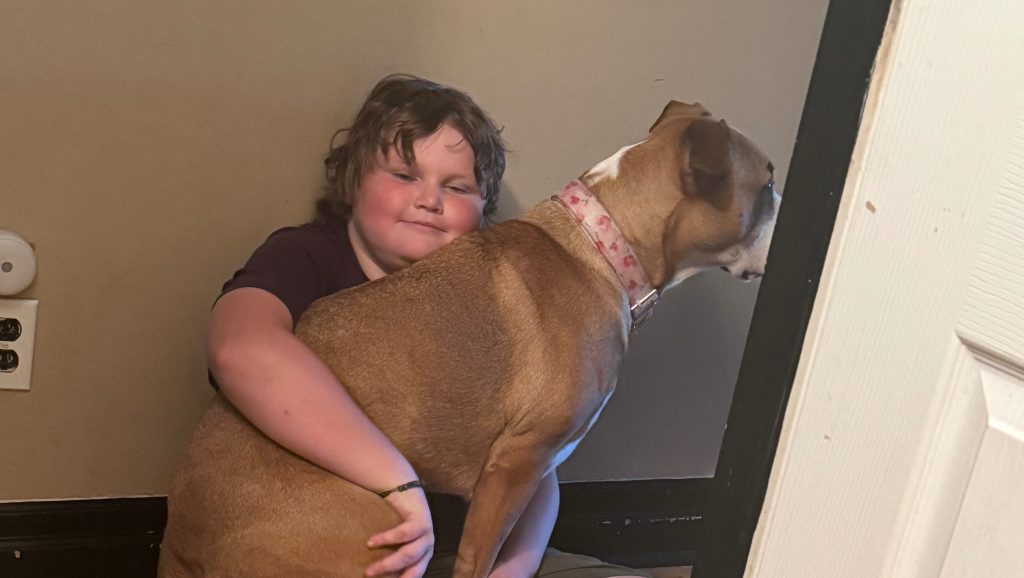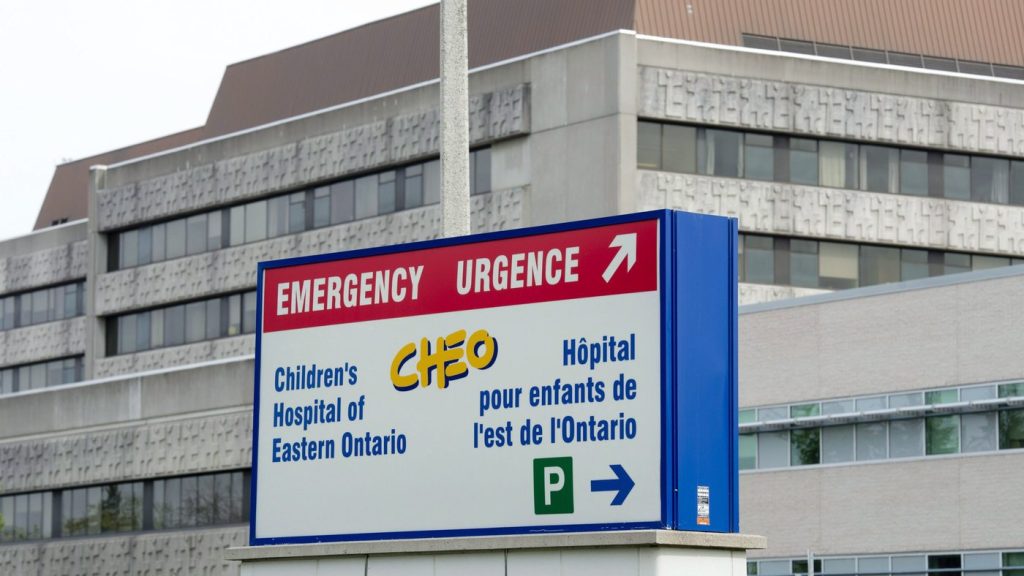Sobeys restricts food bank donation spending to its stores, defends policy
Posted Jan 10, 2023 01:30:00 PM.
We’ve all heard that question put to us at the grocery store: “Would you like to donate to the food bank today?”
But what you might not know is that not all grocery stores pass that money directly on to food banks.
While chains like Save-on-Foods, Walmart and Whole Foods give donated money directly to food banks to use how they best see fit, CityNews has learned Sobeys puts restrictions on the cash its customers donate, requiring food banks to buy through its channels.
Sobeys, which operates Safeway, IGA and Thrifty Foods stores, among other brands, defends the approach, sending this statement to CityNews:
“Our larger food bank partners receive the funds raised in our annual campaign in a wholesale account at wholesale prices, which provides them with greater buying power. This also gives the advantage and flexibility to order what they wish, without restriction, including unlimited fresh items.
“For urban food bank partners who choose to receive the funds either wholly or in part by gift cards, they can select any of our banners from which to purchase food. We’re grateful to our customers for teaming up with us to support healthy communities with contributions at checkout during the holiday season. We have excellent relationships with our food bank partners and are always open to conversation to ensure we can offer them meaningful support.”
On the surface of it to those unfamiliar with the intricacies of the grocery business, a “wholesale account at wholesale prices” sounds like a pretty good deal.
But we brought this to the Greater Vancouver Food Bank (GVFB) for comment, and it had a different perspective.
“With the wholesale credit, we are unable to buy anything fresh [at a significant discount],” Terra Paredes, the GVFB’s manager of community events & engagement, told CityNews in an interview.
The inability to buy fresh food at prices the food bank can get elsewhere is a particular issue. While we’ve all heard of and probably participated in drives for non-perishable food items for food banks, food banks attempt to provide as much fresh food as possible to those in need. The system at Sobeys makes that more difficult, according to those in the sector.
“Sixty to 70 per cent of what goes out of our warehouse is fresh right now,” Paredes said. “Our clients are getting a significant amount of dairy, eggs and produce and protein from us, and we can’t buy any of that with this Sobeys credit.”
Paredes points out Sobeys’ approach limits the at-scale purchase of fresh food at the best prices possible.
“We have incredible relationships with large-scale buyers,” Parades said. “We shop direct with growers. We have incredible partnerships with a lot of organizations that we can get much better buying power. Even two to one — that’s the base, but from growers, we can get 12-1 buying power. If we go directly to the potato farmer or the apple guys in the Okanagan, we can get significantly better buying power.”
Paredes says the food bank has raised the issue behind the scenes with Sobeys, without success. She suggests people who donate at the till assuming the money is going directly to the food bank.
“People are going to the grocery store and donating cash at the till, thinking that what they’re giving us is then turning into $2 or more if they’ve given a dollar,” Paredes said. “What’s actually happening, is that we spend the money, but we spend it and it goes back into Sobeys pockets. It’s sort of a revenue stream.”








